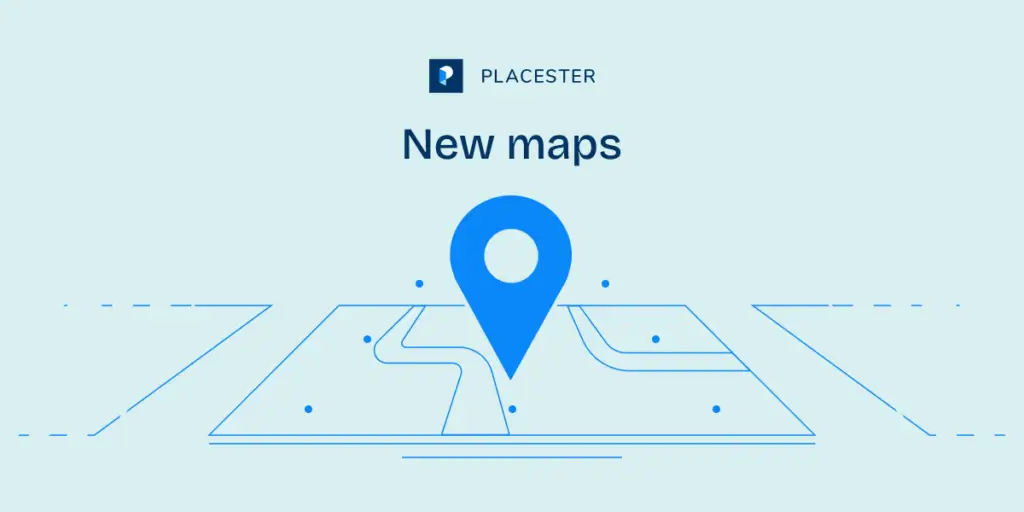
Since it exploded onto the social media scene last year, Pinterest has developed something of a split reputation.
On the one hand, it’s seen as a niche social network, a place for primarily young women to share photos of cupcakes, handbags, duvet covers, and Ryan Gosling. On the other hand, it’s web marketing’s “it” girl, the fastest growing social network that’s already driving more traffic than LinkedIn, YouTube, Reddit, and Google+ combined. Whatever your feelings are on home décor and fashion, that’s a fact that’s hard to ignore.
Even if you’re not interested in pinning, you can still engage Pinterest users as part of your social media marketing strategy. Here are five ways you can use Pinterest without dropping a single pin.

1. Add a “Pin It” button to your website.
This is an absolute must. Just as you can include “Like” and “Share” buttons for Facebook and Twitter on your website, you can add “Pin It” and “Follow Me on Pinterest” buttons to your website and blog, making it easier for people to pin your images and videos with a single click. These buttons can be installed in seconds, and they’ll instantly make your content more shareable.
2. Focus on images.
Pinterest is all about sharing images, so in order to take advantage of the service, you should prime your website with visual content. That means not only having a lot of images, but also making sure that they’re as high-quality and engaging as possible. Additionally, you can make your images easier for Pinterest users to find by organizing them into galleries and pages that can be easily browsed. Don’t have enough images? Try converting some of the written content on your site into visual slideshows and infographics.

3. Find out what customers are saying.
Think of Pinterest as a big, online focus group. You can use it for informal market research that can give you insight into how consumers view your brand, both on its own and in relation to other brands. Search for pins featuring your company and products and pay attention to how users present and talk about them, using what you learn to hone your marketing strategy. You can also get feedback from users on ads, logos, products in development, and other projects you have in the works, encouraging them to share their thoughts via comments.
4. Comment.
The amount of traffic that Pinterest generates means that any content you post will be visible to an incredible number of people. Find pins that are extremely popular and follow them to their source. Then, leave a witty or insightful comment on the original post, providing a link to your website. You can also mention other Pinterest users the same way Twitter users do, linking those who view your comment to their pinboards. Finally, you can use comments to network with other companies and people and expand your influence.
5. Discover.
You can use Pinterest to find tastemaking blogs and websites in your market or space. Look for collections that have included your brand and try to gauge the curator’s influence and reach. Build relationships with individuals and companies who you think can help you grow your brand. Encourage them to share your content on their pinboards, or else invite them to create a collection on your site.

Though it may be new on the scene, it’s clear that Pinterest is a force to be reckoned with in the social media space — and by using the service as part of your marketing strategy, you can be, too.



